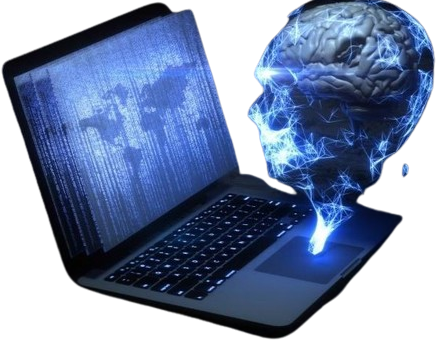Cybersecurity refers to the process of safeguarding information technology infrastructure from cyber dangers such as hacking, data breaches, and unauthorized access. Cybersecurity is a major issue for people, companies, governments, and organizations all around the globe since digital technologies are becoming integral to contemporary life. An important part of cybersecurity is:
1. The ever-changing nature of the cybersecurity threat environment is a direct result of the increasing complexity, variety, and pervasiveness of cyber threats. Malware, spear phishing, social engineering, disseminated denial-of-service (DDoS), insider threats, & zero-day vulnerabilities are common cyber threats. Threat actors, including lone hackers, gangs of cybercriminals, nation-states, and even malevolent insiders, take advantage of security holes in networks and computer systems to steal data, halt operations, or damage reputations and finances.
2. Security Principles: Certain basic principles & best practices are necessary for good cybersecurity in order to reduce risks and safeguard against cyber threats:
Protecting the privacy of people or organizations by limiting access to sensitive information.
Data integrity refers to the state of being free from unapproved changes or manipulation in order to preserve its correctness and reliability.
Availability means that data and systems are available and working properly at all times, without interruption or downtime.
The term “authentication” refers to the process of checking the credentials of people, machines, or programs in order to stop unwanted access.
Authorization is the process of granting certain privileges and authorizations to individuals or organizations in accordance with their assigned tasks and duties.
Protecting information while it is in motion or stored by transforming it into ciphertext employing cryptographic techniques is known as encryption.
Patch management is the process of routinely upgrading systems, applications, and software to fix security holes and vulnerabilities.
A defense-in-depth strategy protects against cyber attacks by implementing many levels of security controls. These measures include firewalls, detection systems for intrusions (IDS), antivirus software, as well as access restrictions.
3. Frameworks and Standards for Cybersecurity:
Organisations may find systematic ways to evaluate, manage, and enhance their cybersecurity posture by consulting a variety of frameworks, standards, and recommendations. Certain examples of such frameworks and regulations include the Cia Cybersecurity Framework, and PCI DSS, CIS Controls, ISO/IEC 27001, and GDPR. Organizations may use these frameworks to better manage cybersecurity risks and vulnerabilities by identifying and prioritizing risks, creating policies and procedures, implementing security controls, and measuring the efficacy of these measures.
4. Technologies for Cybersecurity: Numerous cybersecurity tools and technologies are accessible to aid companies in their efforts to identify, avoid, and counteract cyber attacks. A few examples are:
Protective Measures Against Intrusions (IDS/IPS) and Firewalls
Protection against Malware and Antivirus Programs
Protection against Spam and Unauthorized Email Access
Detection and Response Systems for Endpoints and Other Endpoint Security Solutions
The SIEM stands for “Security Information and Event Management.” Safeguarding System Data (DLP) Technologies for Encryption (such as SSL and TLS) as a Solution
Both Identity Access Management (IAM) and Multi-factor Authentication (MFA) Reasons for
Online Resources for Security Education
5. Managing Cyber Risks and Ensuring Governance:
Organizations cannot proactively detect, evaluate, and mitigate cybersecurity threats without effective cybersecurity risk management and governance policies. What this entails

Developing cybersecurity policies, processes, and standards that meet both business goals and government mandates.
Making sure that systems and networks are regularly scanned for vulnerabilities and risk assessments.
Taking precautions and putting security measures in place to lessen the possibility and severity of cyber incidents.
To be ready for and handle cyberattacks and data breaches, it is important to create an incident response strategy and practice with tabletop exercises.
Key performance indicators, or KPIs, and cybersecurity metrics should be monitored, analyzed, and reported on to show progress and prove compliance with cybersecurity regulations.
6. Working Together and Sharing Information: Everyone from government agencies to cybersecurity companies to academic institutions to cybersecurity experts must work together and share information in order to ensure cybersecurity. When threat information, best practices, & lessons learned are shared, it may boost defenses against cyber attacks, improve response to incidents capabilities, and increase cyber resilience.
To sum up, cybersecurity is an ever-changing and intricate area that need constant attention, funding, and teamwork to defend against new cyber dangers and preserve personal information, digital assets, and the country’s security. Risks may be mitigated, trust can be built, and companies can prosper in this digitally linked world if they take a proactive and comprehensive approach to cybersecurity.

